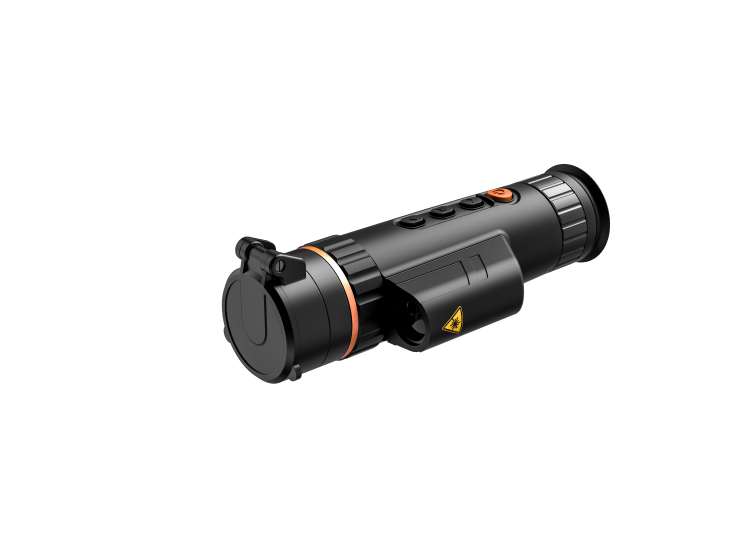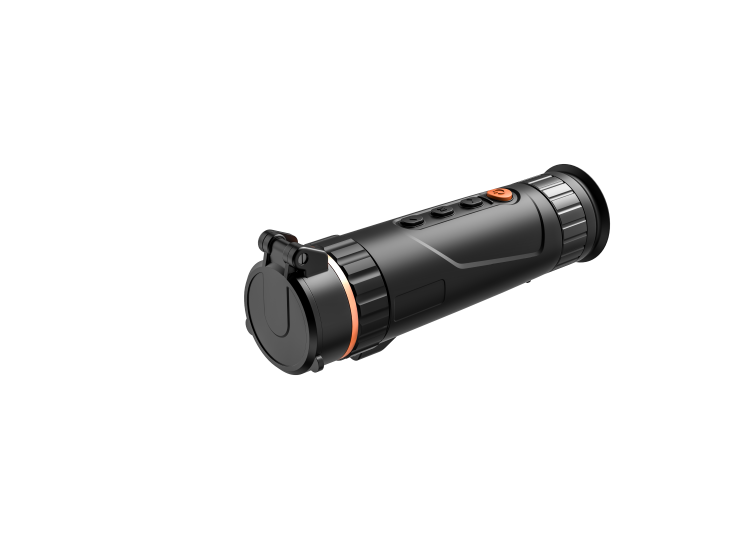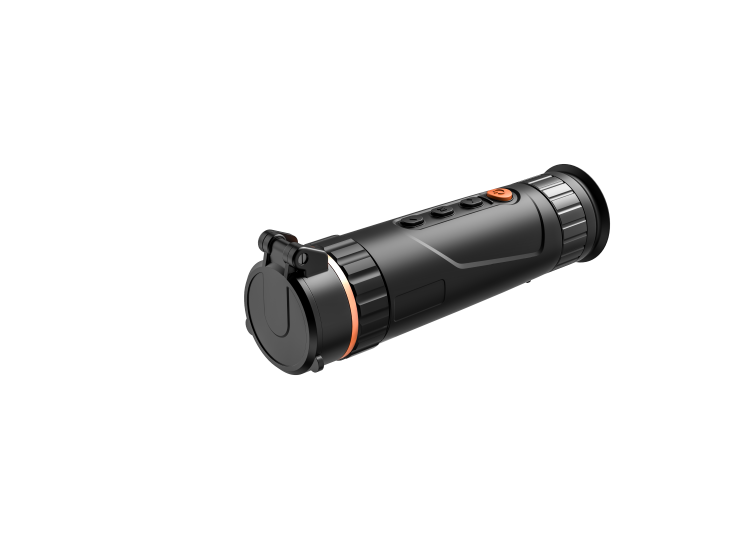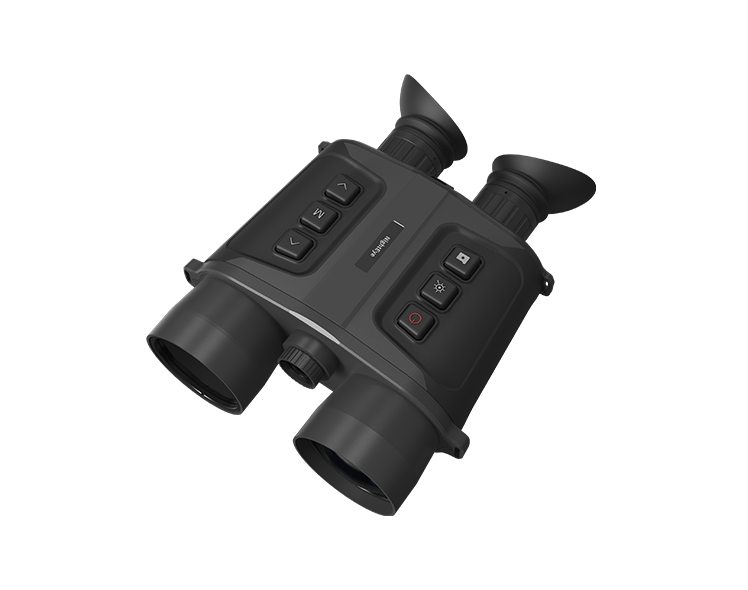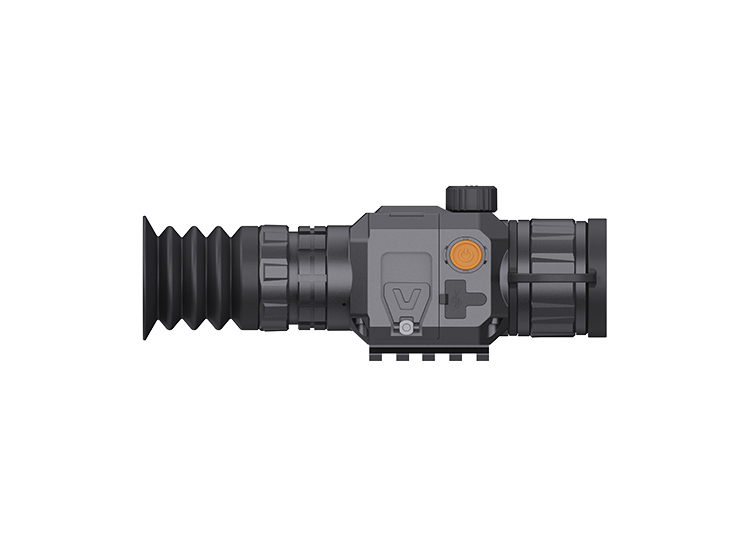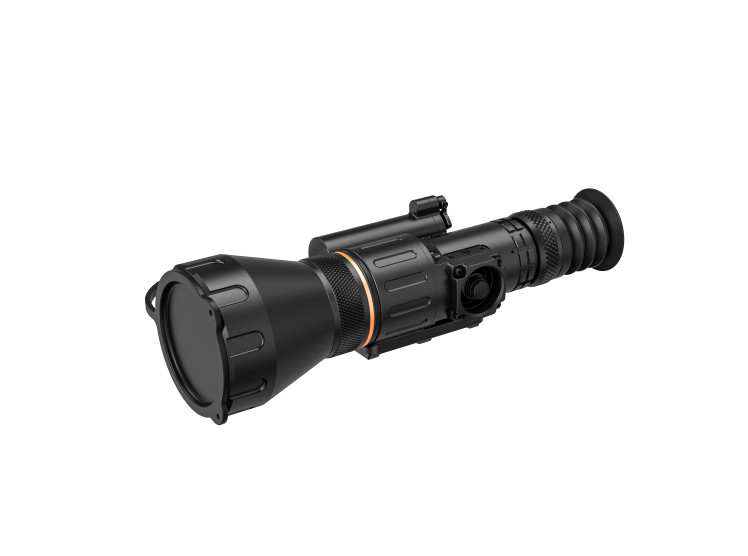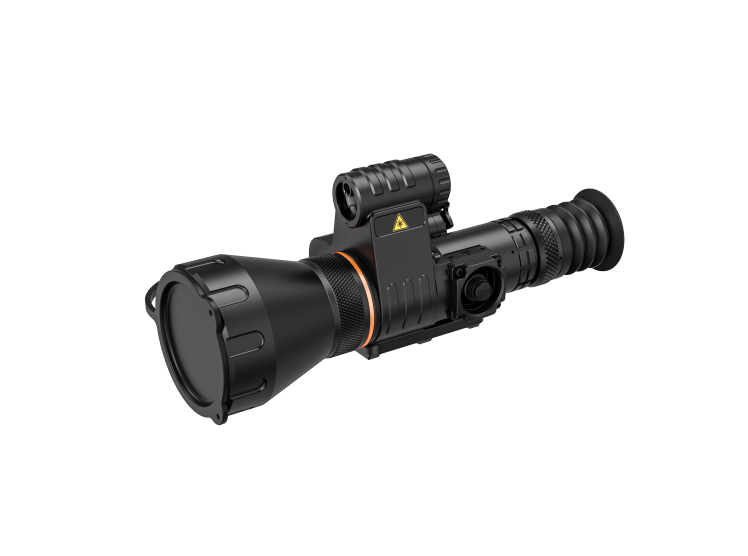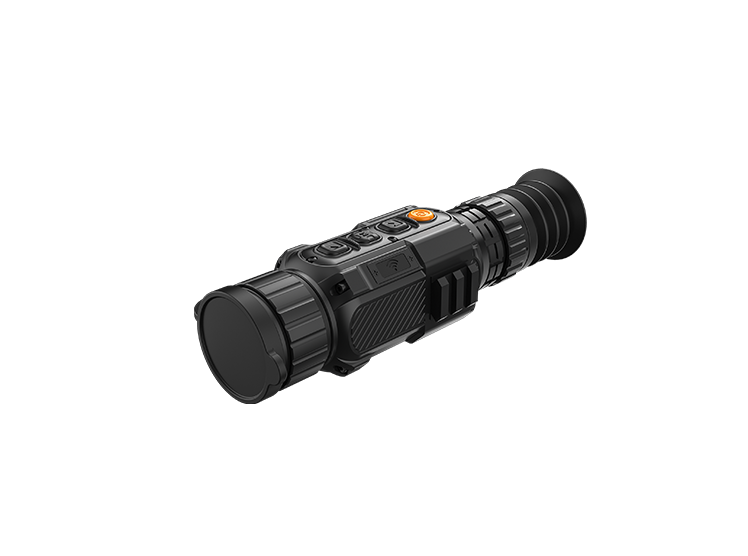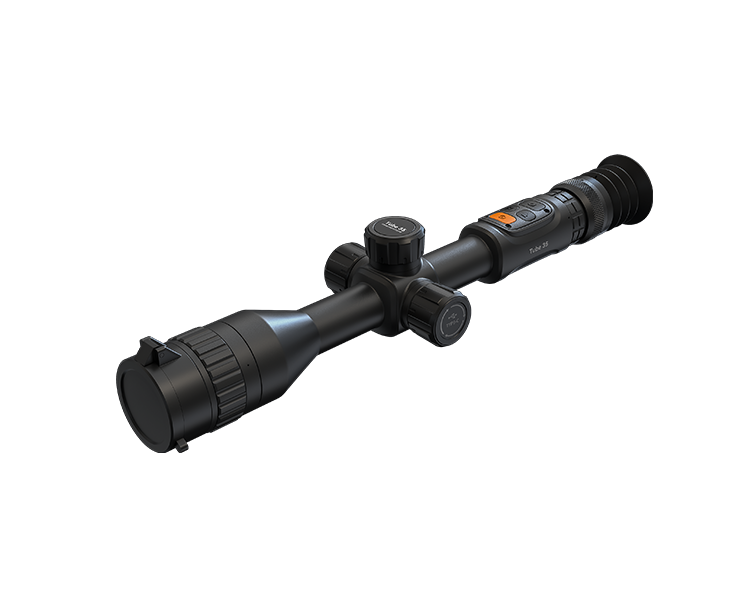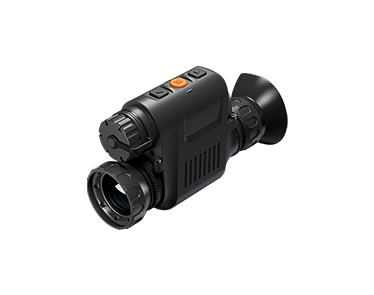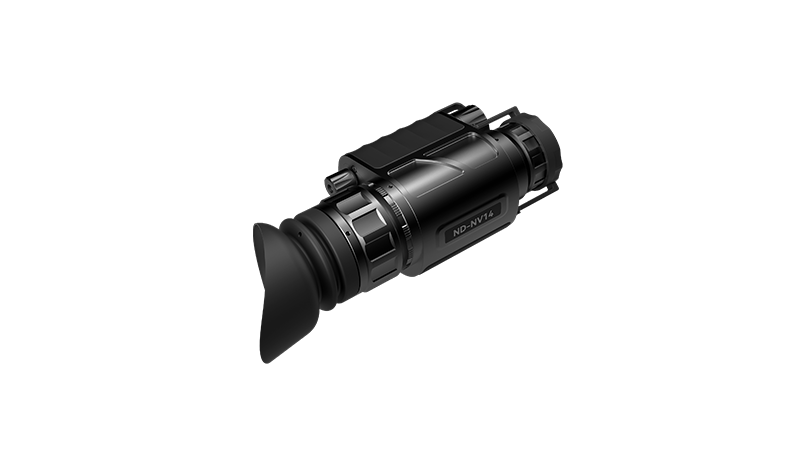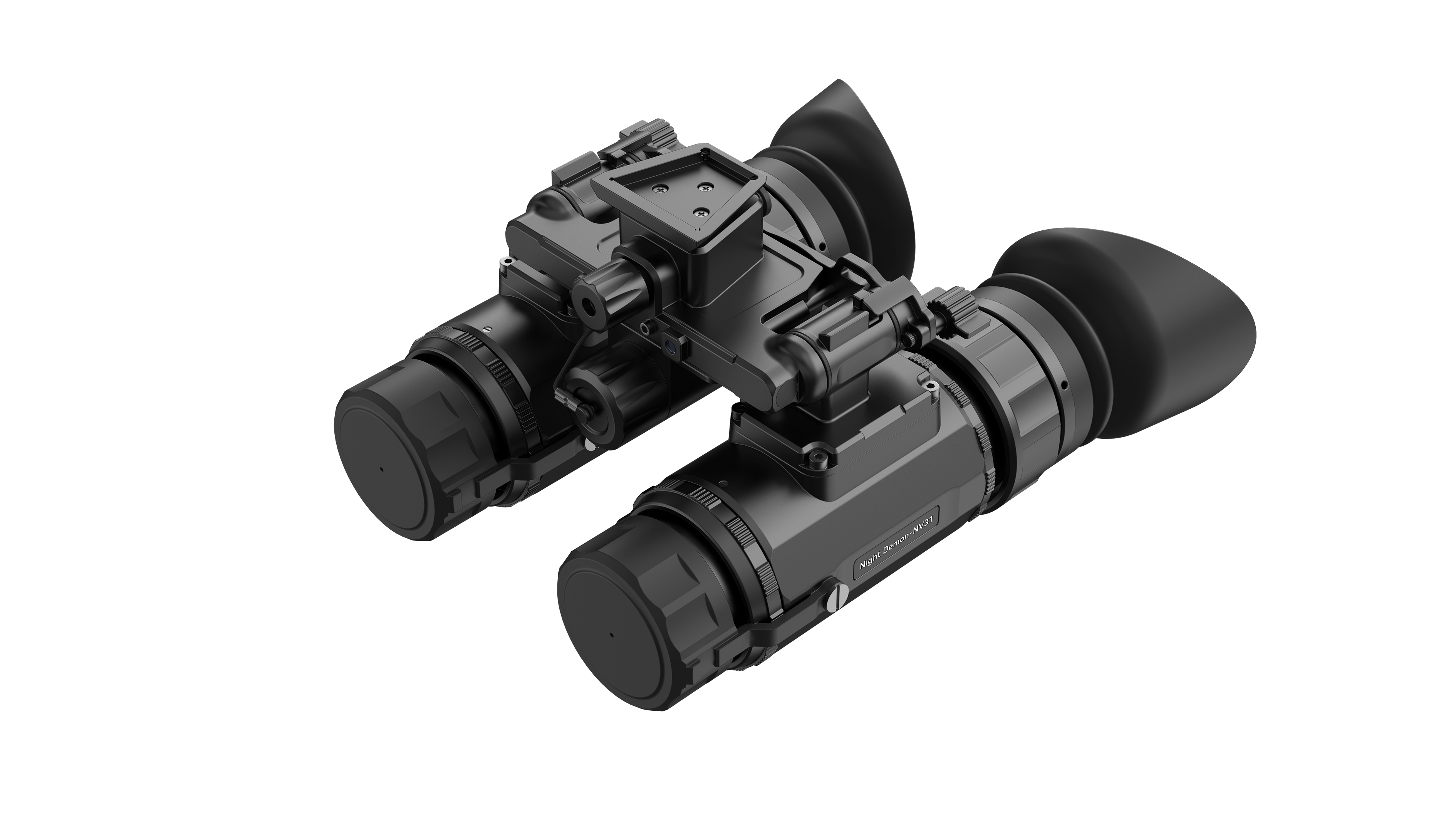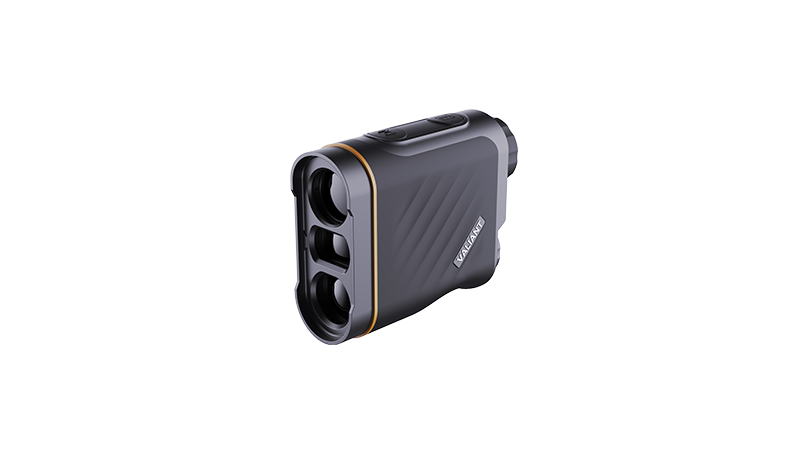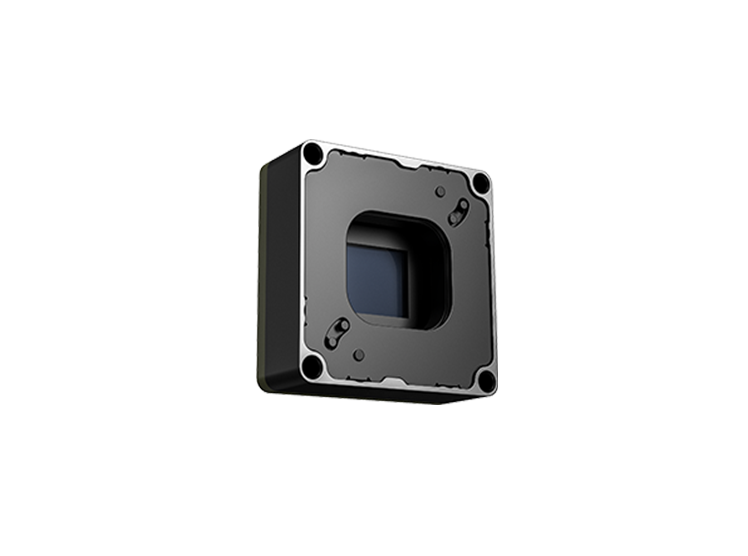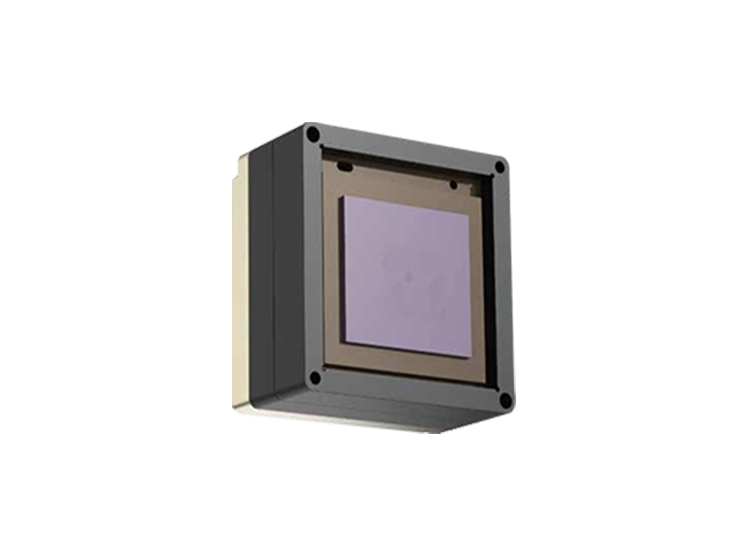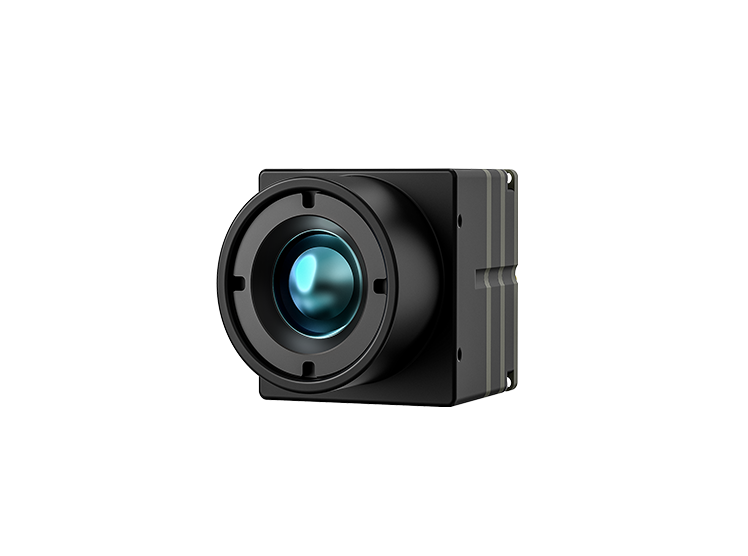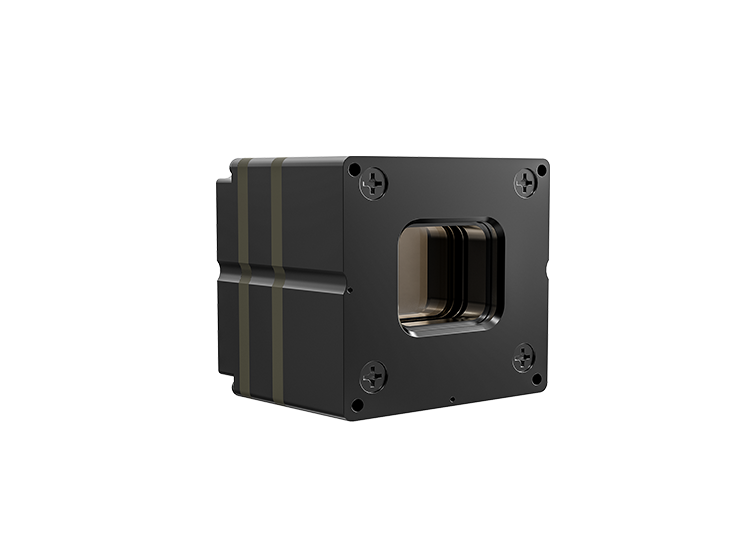Thermal Imaging in Outdoor Hunting: Enhancing the Hunting Experience
2024/05/28Hunting has been a traditional practice for centuries, and with the advancement of technology, hunters have access to a plethora of tools to improve their skills and efficiency. One such technological marvel is the thermal imager, which has revolutionized the way hunters track and locate game. This article will explore the role of thermal imaging in outdoor hunting, its benefits, and how it can enhance the overall hunting experience.
Thermal imagers detect the heat signatures emitted by living creatures, allowing hunters to see warm-blooded animals against the cooler background of their environment. These devices convert infrared radiation into visible images, providing a clear view of the animal’s body heat, even in complete darkness or through dense foliage.
Applications in Hunting
· Night Hunting: Thermal imagers enable hunters to spot game during the night when animals are most active, offering a significant advantage over traditional night vision devices.
· Locating Game: By detecting heat signatures, thermal imagers help hunters locate animals from a distance, reducing the need for close tracking and minimizing disturbance to the wildlife.
· Identifying Animals: The heat signatures can help distinguish between different species and even identify the size and gender of the animals, which is crucial for selective hunting.
· Scouting: Hunters can use thermal imagers to scout areas for signs of game without physically entering the terrain, saving time and energy.
Benefits of Using Thermal Imagers in Hunting
· Increased Visibility: Hunters can see through darkness and various weather conditions, improving their chances of a successful hunt.
· Stealth: The ability to spot game from a distance reduces the need for movement, allowing hunters to remain undetected.
· Selective Hunting: Thermal imaging helps in identifying the target animal more accurately, promoting ethical hunting practices.
· Safety: By detecting the presence of animals from afar, hunters can avoid dangerous encounters with potentially aggressive or large game.
While thermal imagers offer significant advantages, they also raise ethical considerations. Some hunting communities and regulatory bodies have concerns about the impact of these devices on the fairness of the hunt and the potential for over-hunting. As a result, there are regulations in place in certain regions that restrict or prohibit the use of thermal imaging technology in hunting.
The future of thermal imaging in hunting looks promising with ongoing advancements in technology. We can expect improvements in image resolution, battery life, and integration with other devices such as smartphones and GPS systems. Additionally, as awareness about the ethical use of technology in hunting grows, we may see more guidelines and best practices being developed to ensure responsible use.
Thermal imaging has become an invaluable tool for hunters, offering a new dimension to the traditional hunting experience. By providing a safe, efficient, and selective means of locating game, thermal imagers have the potential to transform hunting practices. As with any technology, it is crucial for hunters to use these devices responsibly and in accordance with local regulations, ensuring that the sport remains sustainable and respectful to the environment and wildlife.
 86+(028) 8535 5966
86+(028) 8535 5966 008617323184180
008617323184180 JPNVision@votinfrared.com
JPNVision@votinfrared.com


